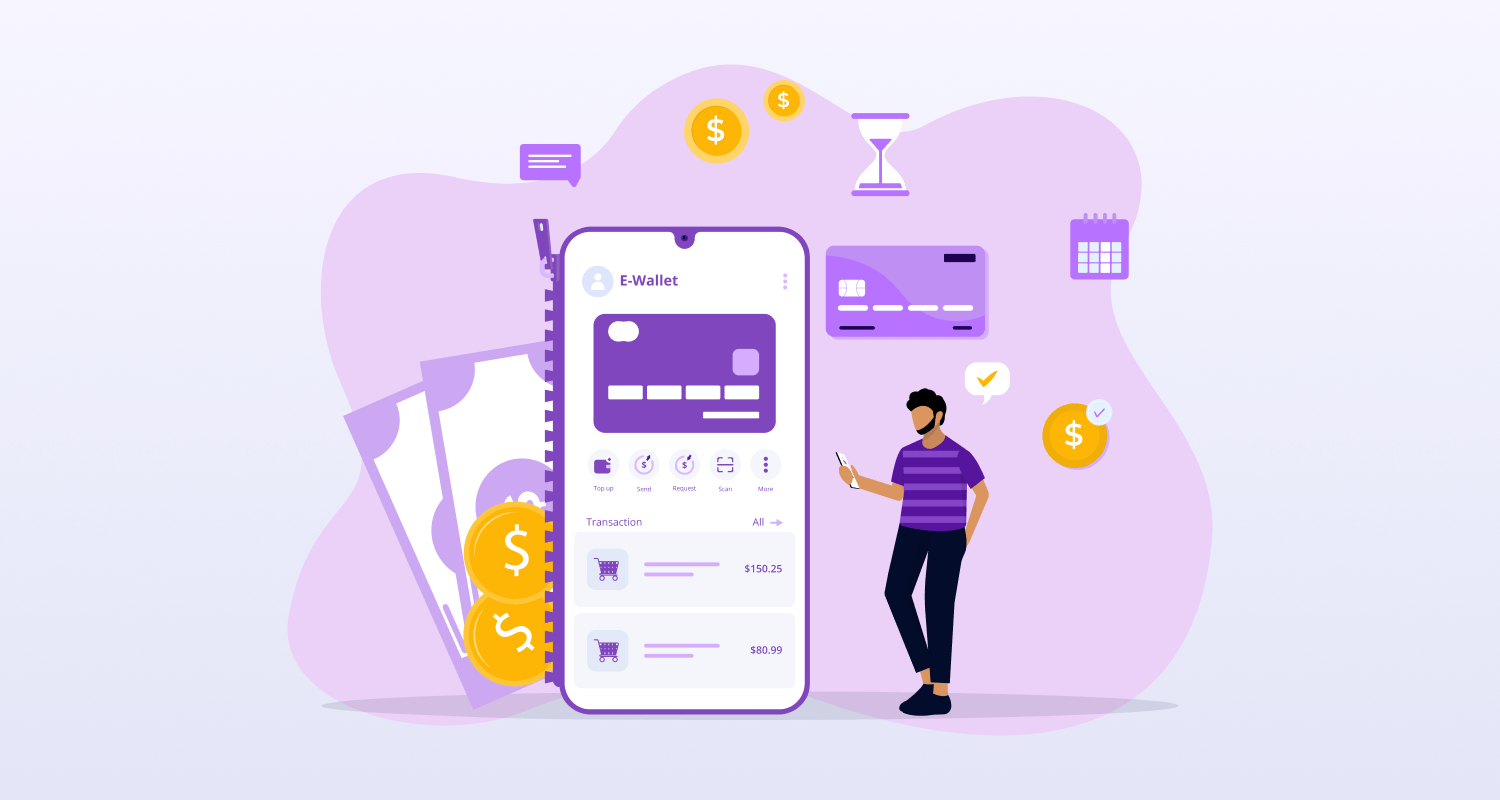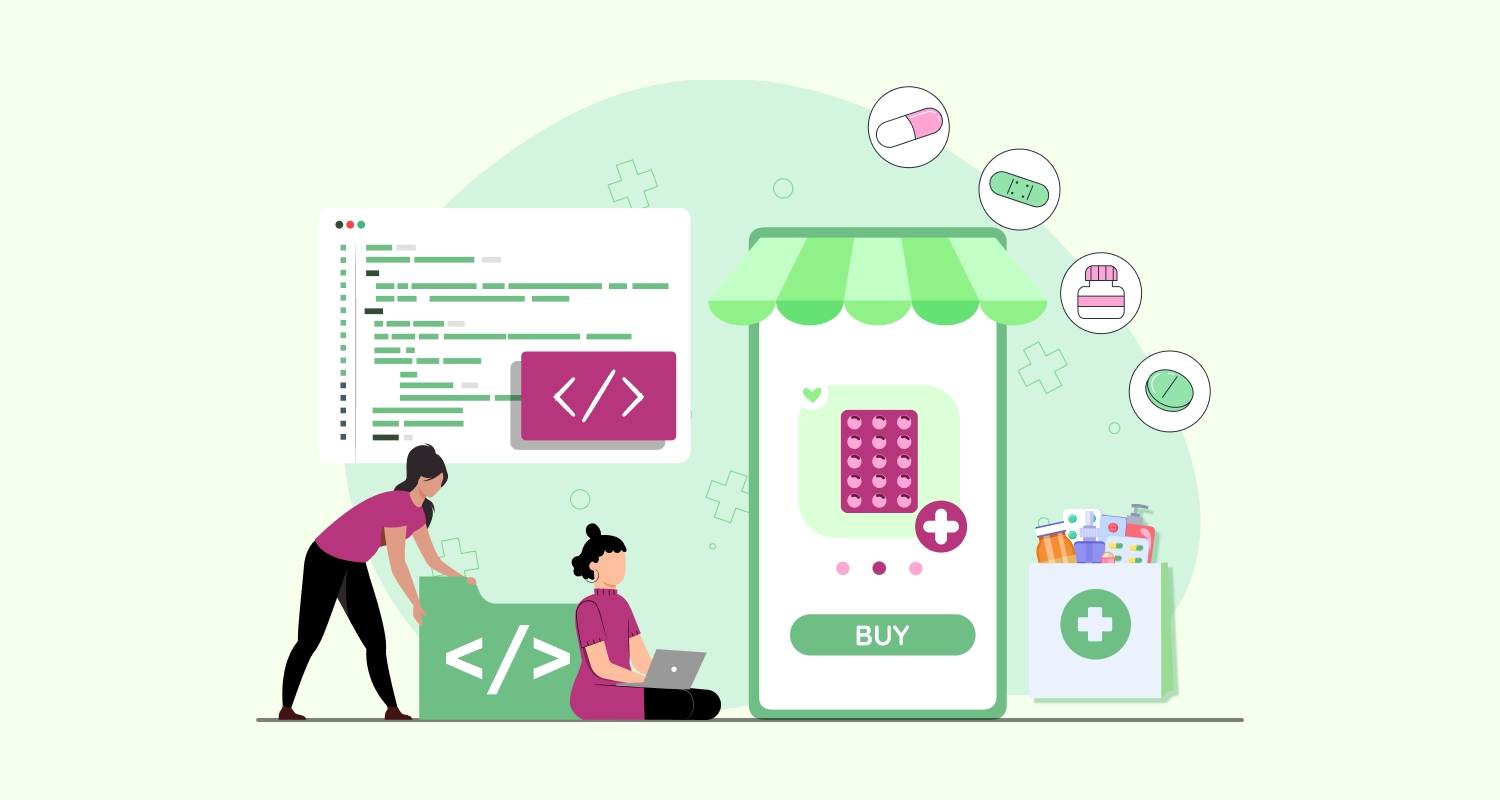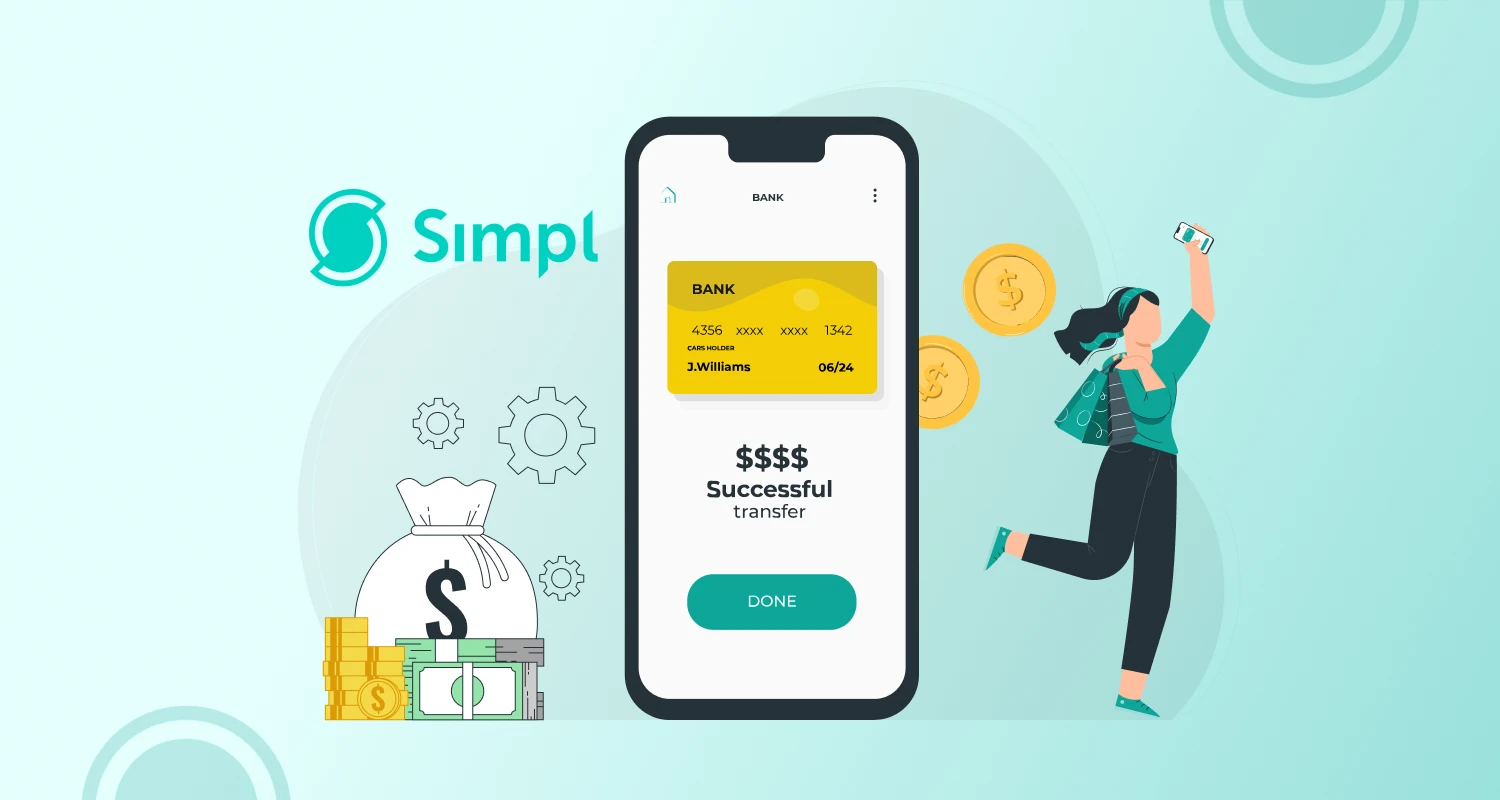In this high time of technology, you feel helpless without the assistance of applications in your smartphones. With the growing time, the demand to upgrade the applications also appears. When you feel interested in creating a new application, you must initially understand the Native Application Development process’s significance and the Cross-Platform Application Development process. Even a single mistake of yours might ruin all your efforts and hard work. You should be ready to invest a certain amount of money and time in this process. It will be best to do a little research work on the Application Development Patterns and then begin with your mission.
Some of the most popular and functional Native Application Development frameworks are,
Android Studio
Android Studio was founded in 2013. The framework was jointly developed by JetBrains and Google. Android Studio works on the programming languages of Java, c++ and Kotlin. The program is free of cost. The Programming framework is operated on Windows, Linux, Chrome etc. Netflix is one of the major applications of this development program.
Xcode
Xcode comes under the farm of Integrated Development Environment. Apple launched the programming. This system is comparatively an older one. Xcode came into existence in 2003. This native application development tool works with Swift and Objective-C languages. The famous company of macOS operates the system. Uber is one of the most prominent applications of Xcode.
Intellij IDEA & Android SDK
Intellij IDEA & Android SDK is a free application development framework that has been created by JetBrains. The program works on Java and Kotlin. Lyft is one of the major applications belonging to this operational program. Windows and Linux are the two major operators of the system. This programming framework enhances the production. The program allows the developers to freely work on decoding, refactoring, self-management, and many more. The software kit has a great role in the development of ideas and functions.
Native Application Processes have been recorded to be one of the best repairing tools in the field of mobile development. The native mobile applications’ functions are limited to a specific platform at a time. If a native application development works on windows, then it will not work for android at the same time. Native App Development process has the ability to control any native mobile applications found in the current market.
The advantageous effects of using Native Application Development are,
Fast Service
The innate features of the Native Application Development System directly transfer data from the web to the applications. Thus, the process becomes fast and speedy.
Highly protected data connection
Even without the assistance of the internet, you can have access to Native Applications. This way, the development process becomes safer and hassle-free.
UX Design

The Native Applications have been created and developed to reach a considerable number of users. Due to the high standards of the design, the applications are more functional and communicative.
Applications with enough reliability
Users often prefer the Native Application Developments due to high code security. The information within the applications is encrypted and secured. The safety of data attracts the users to use native applications.
Full functioning applications
Due to applications like camera, GPS, and other hardware devices, the native application development occurs smoothly due to applications’ full-fledged actions.
Full Integrity
All the devices within the native applications work together with total integrity to reach the goal in a short time.
here are also some deficits of Native Application Development like,
Development Cost is high

The native application uses a single code, and that generates a lengthy development process. The cost rises due to the long-time involvement.
If you are considering building a mobile app, try this App Development Cost Calculator to help you calculate what its development might cost you. Just answer a few quick questions about your idea, the functionality, feature set, and performance expectations, and you will receive a detailed cost estimation.
Time-killing process
As, we have already told you previously, you need different codes for different programs. For that, the creation of codes and the development process both take much more time than required.
Lack of flexibility
Different codes for each platform make the system complex and less flexible.
Lengthy procedure
The process of application search takes a lot of time. Then, the section of agreeing to terms and conditions and finally the downloading process come.
Random Options of Upgradation
Often, the native applications require upgrades. This continuous process of adding new features and qualities might confuse the users at times. Moreover, the process of app upgrades needs a lot of time as well.
On the other hand, Cross Platform Development is also another essential section of the entire process. Cross Platform Applications are also known as Hybrid Applications. There are some fundamental differences between cross platform development and native application development. The hybrid application is a balanced fusion of Website Applications and Native Applications. In Hybrid Applications, several technological applications like Xamarin, Sencha Touch, and Apache Cordova are functional. The technology jointly works with a number of business farms like Walmart and Skype. A single application can operate the hybrid application development. Cross Platform Application Development can work on Android, Windows, and iOS simultaneously. The Hybrid Application Developers use a single code for different kinds of platforms. On a beneficial note, the Cross Platform Applications can be converted to Native Applications as well.
There exist various kinds of Cross-Platform Application Development programs. Primarily, simple, medium, and complex are the common categories of Hybrid mobile applications. Among different types of applications, gaming applications are known to be the most complex hybrid apps. Gmail, Uber, Twitter are some of the most well-known hybrid applications. The Hybrid Application Developers use technologies like HTML, JavaScript, etc. The Cross-Platform App Development Company India is well-aware of the languages that the individual platform works on. The internationally reckoned farms like Apple and Google are in the creation and development of Hybrid Applications. With the passing time, the trend of Hybrid Applications is growing with the growing demand. There are both some good and bad effects of the Cross-Platform Application Development.
The Pros are,
- Flexible to use on different platforms
- One codebase application development
- Speedy process
- Cost-friendly
- Available Offline
Similarly, some cons can also be seen,
- Negative User Experience
- Down Performance Quality
- Not available on Different Platforms
- Latent errors might be found
After long research, we have got to know some of the major Hybrid Development Tools that are in high demand for their unique and remarkable features. Two of the most important frameworks of Cross Platform Development are,
- React Native App Development
- Flutter App Development
Now, let’s have a minute discussion on the two Native Mobile Application Developments mentioned above. On a surprising note, these app development processes are also used to create native applications. These Native Applications function on Android smartphones and iPhone.
1. React Native Application Development
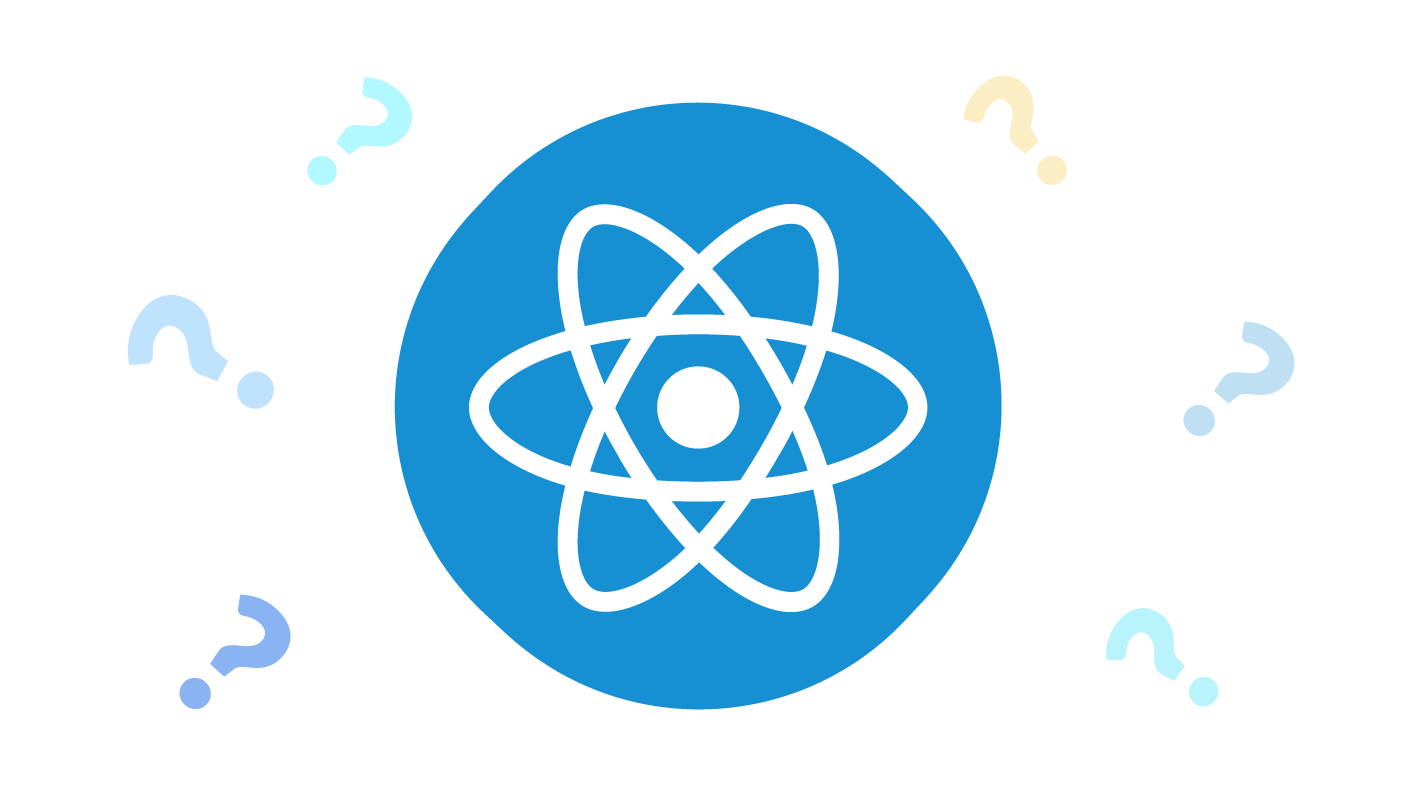
This type of Native Application Development has derived the name from the origin. This application is created out of React and JavaScript. When you Hire React Native Developers in India, they can transform the original code into different native tools. This way, they can serve the users with a native experience as well. The React Native Application works on various platforms through the medium of a single code. Two different platforms can be operated through the technology of React. In using React Native Applications, the users do not have to compromise with their experiences. The native application elements, like images and texts, also come under the development process. Research Native Application Development amalgamates the best features of the native development processes and with incredible features.
The advantages of React Native Application Development,
- Codes reusable
- Simplification
- Third-party assistance
- Live Reload
- Simple Coding
- Community Concerns
- Abundance of Solutions
The disadvantages of React Native Application Development,
- Lack of maturity
- Complex Usage of Tools
- Lengthy Process
- Much Openness
Read more: How To Hire A React Native Developer For High Functionality App Development?
2. Flutter Application Development

Flutter Application Development originated from Google. This development program works on different languages and various operational bodies. One of the major features of the Flutter Application Development is the fast service. Besides, the application development offers the marketers a number of features to equip the smartphone applications with. The application development is also renowned for the current updates that it delivers on a regular basis. Flutter Application Development is a mere framework instead; it is a software kit that helps the applications develop in a hassle-free manner. The SDK jointly works with widgets, tools and engines.
The beneficial sides of Flutter Application Development,
- Customized Widgets
- Fast Coding System
- Increasing Community
- Simplest Ways
- Easy to Understand
- Fast Updates
- Portable
- International Recognition
- Easily Accessible
- Highly Active
The Deficiencies of Flutter Application Development,
The Pros are,
- Flexible to use on different platforms
- One codebase application development
- Speedy process
- Cost-friendly
- Available Offline
Similarly, some cons can also be seen,
- Negative User Experience
- Down Performance Quality
- Not available on Different Platforms
- Latent errors might be found
Read more: Flutter V/S React Native Development: A Business Perspective
App Development Cost:
Application Development Cost is one of the most significant factors in the field of application development. The types of applications vary from simple to medium to complex ones. The budget to create and develop applications might range from $60K to $230K. There are simple and easiest applications like calculators, calendar, and camera cost around $60K. The Business applications charge around $100K per development process. The multifunctional applications’ cost begins from $230K.
According to our research survey, we try to show you some of the major factors responsible for the App Development Cost. You can very easily cut off your budget for Application Development if you know the details.
Some of the most effective factors that control the cost of the Application Developments are,
- Location
- Number of Features
- Infrastructure
- Level of Complexity
- Design
- Third-party assistance
- Approach towards Development
- Variety of Platforms
- Hidden Cost
- Time
It ranges from $5K to $10K to create an application of basic rate. Majority of the smartphone applications take nearly three months for completion. And, there are a few applications that need more than six months. With the growing time, the cost to develop applications is increasing gradually.
A chart is presented below to show you a balance between the cost and time for different types of application developments,
| Application | MultifunctionalApplications | Complex Applications |
| $60K -$120K | $120K – $200K | <$250K |
| 3-6 months | 6-9 months | 9-12 months |
Different factors serve a vital role in the cost of Application Development. If you appoint a freelancer to complete your job, your cost of application development will, indeed, be lesser, but there may be a high risk waiting for you in the near future, whereas, when you hand over the responsibility to an experienced operational team that might charge high, but the task will be done in an A-class manner.
Is Native App Really Indomitable?
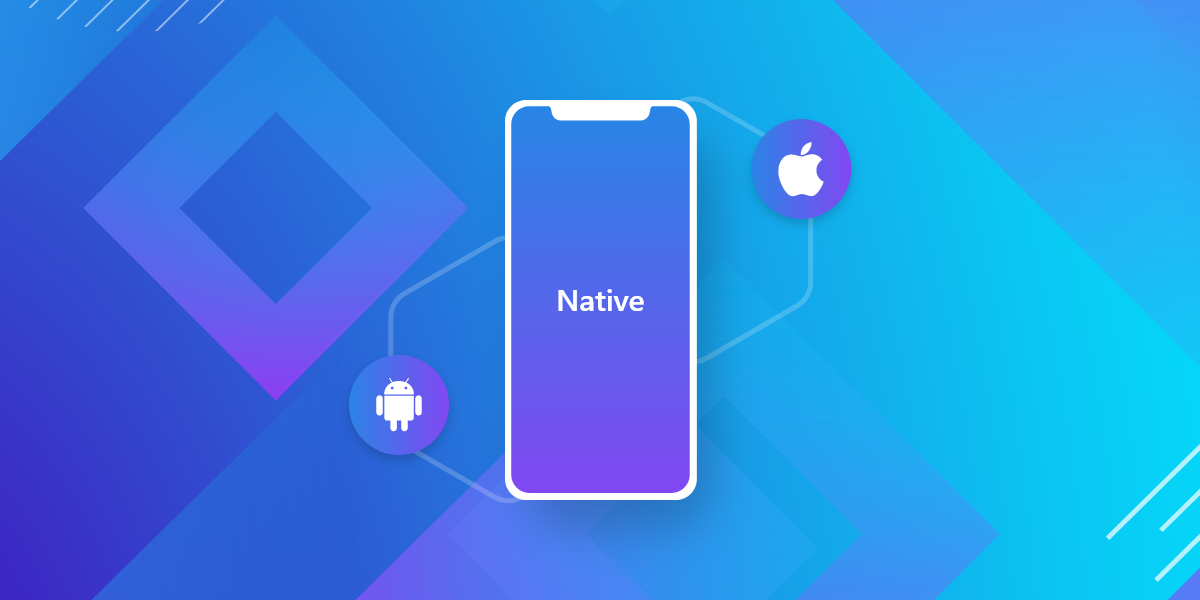
Native Apps have a widespread region to rule over. The applications have entered the private life of individuals with the passage of time. There might appear some complex issues in using the Cross Platform Applications, so most of the users prefer to be in the safer zone of the Native Applications. The native application is formed and developed for different models in particular. In that way, the performance of the applications remains goal-oriented and simple. The integrity level of the performance satisfies the users to the fullest. Any smartphone user, like that of Android, Windows and iPhone can enjoy the facilities of native applications in their own way. In today’s world, it is really indomitable to resist the power of native applications.
Expansion of Native Application to Web Application
Native Applications are flexible enough to be converted to web applications. Change is a constant part of life. Similarly, the necessity to expand the native applications to the web applications has also appeared. Some of the most famous digital marketing companies have begun their business with native apps, but with the continuous change in the marketing world, these business people have disclosed web versions of their native apps, like, WhatsApp, Telegram and Uber, etc. With the growing demand, many of the native apps have been transformed into web apps, and it has happened due to the flexibility of native applications.
Frequently Asked Questions
Which tools are considered to be the best for Native Application Development?
AppCode
Android Studio
Which languages are to choose for Native Application Development?
Java
Kotlin
Objective-C
Swift
Is Native Application Development flexible enough?
Yes
How much does it cost to develop a Native Application?
The cost is not fixed. The matter of cost completely depends on the features and time to develop the application.
What are the two greatest features of Native Application Development?
Flexible
Fast
How long does a Native Mobile Application take to be ready for sale?
The time varies between 2-6 hours.Lack of Needed Assistance
Lengthy Files
Issues with iPhones






